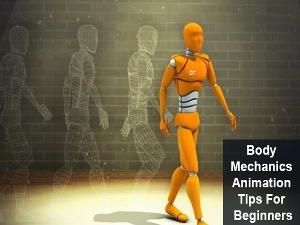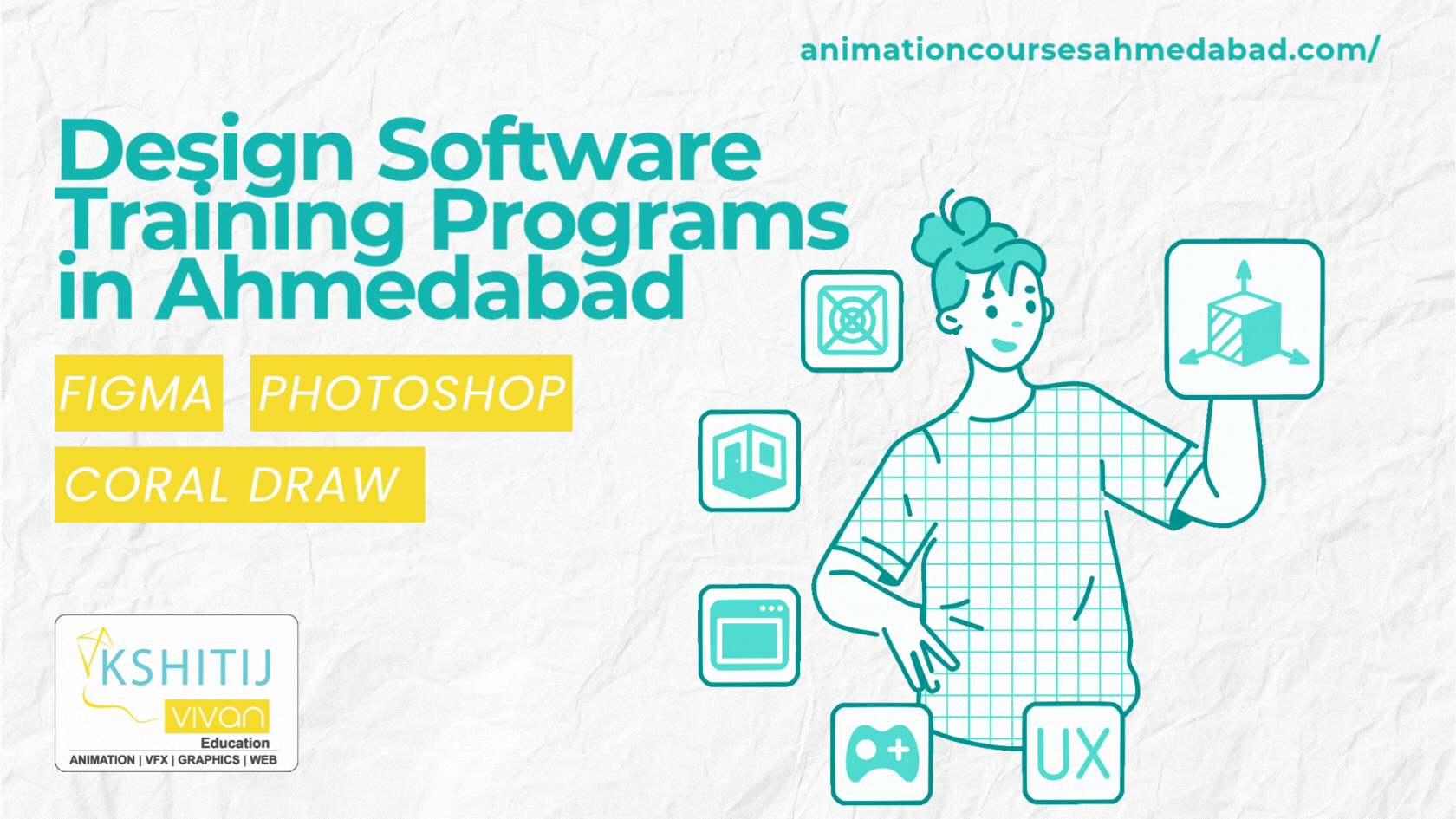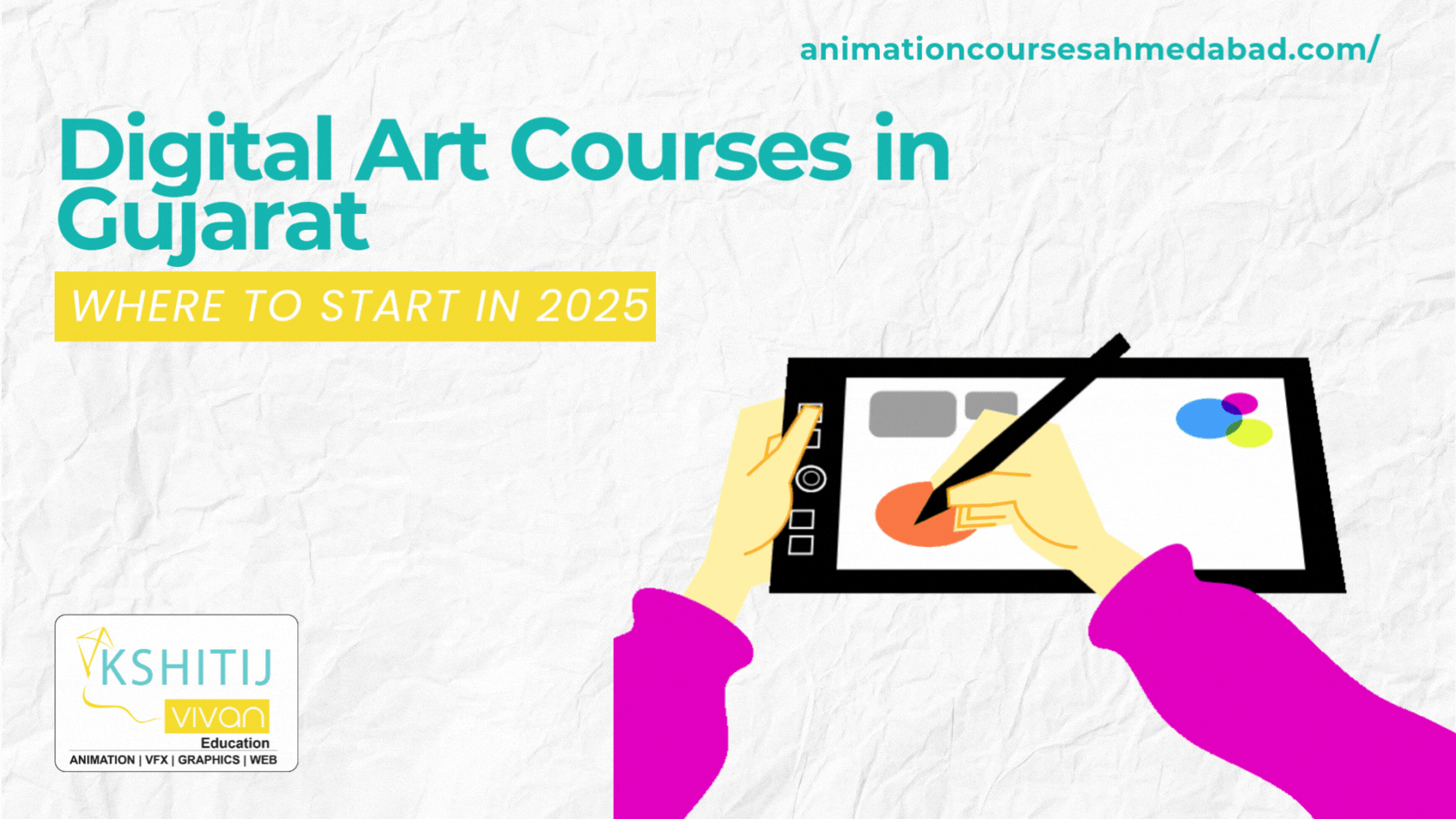
Body Mechanics Animation Tips for Beginners
Animators have to determine what changes happen when there are a force and change in an effect to be represented. Whenever animating jumping character into a 180-degree turn, landing and recovering carefully you have to make some decisions which include when the character looks back, crouches, jumps, when the body starts to twist and initiate the turn, begin to lean into the direction of the jump, how does the body stop its rotation during restoration, do both feet land at the same time and on and on?
The only computer will know what you tell it. In 2D animation, an assistant adds details information to what the animator has blocked in. The added images are to define the sequence of movement for accuracy and those images are the result of an artist making decisions.
When doing a body mechanics shot, animator focus on the body and how it moves - don't spend too much time on the acting. The viewers must believe that the character decided to jump, so there needs to be a little amount of acting such as a quick look in the direction of jumping to show that the character is aware of the condition. In every body mechanics shot there is a sequence of activity that runs from the character's brain through its body and must decide what that sequence is before starting to animate. Where and how does the sequence begin and end? When is the right sequence? The shot is flourishing if it is entertaining and exciting that's a bonus.
Sequence of Movement
When connecting to the sequence of a movement and follow we move into a realm referred to as ‘breakdowns’ and where a body mechanics shot is performed.
The first point you have to break down how the character stands. You must arrange body parts to describe the inner life. How a character stand reveals energy level, emotional state and attentiveness. Everything that animator do from there is a sequence of direction and follow that to shows how that character moves. Nothing moves without a force either pushing or pulling it.
Make notes on daily life, sketch, shoot video reference, and act out the intended motion whenever possible. In analyzing video reference, look for what caused the movement not just where the body is at any given frame. Identify the forces that created movement. What judgments you have to make if you are animating a character side-stepping onto a box?
1. Is the character viewing us?
2. How high is the box?
3. How does the character showing awareness of the box?
4. Is the character lazy or energetic, old or young?
5. Is the character splay foot or pigeon-toed?
6. Are the character’s fingers open or closed?
7. Where is the character viewing at any given time?
8. Is there an anticipatory weight shift before the action weight shift?
9. Does the character use its arms to boost of the step up?
10. If using arms to assist, how do the shoulders and chest lead?
11. Does the character turn its knee in or out when lifting the trailing leg?
So, what makes a great body mechanics shot? When the sequence of movement through the body is prepared and timed to describe the intended action and we believe that character moved. KSHITIJ VIVAN Animation Academy encourages students to make creative animation. From Different Cities like Gujarat, Rajasthan, ahmedabad, gondal, venasar
KSHITIJ VIVAN Ahmedabad offers an excellent opportunity for students who are interested to learn more on Advanced Body Mechanics Animation on a more professional level, please sign up today for our KSHITIJ VIVAN Animation courses.



